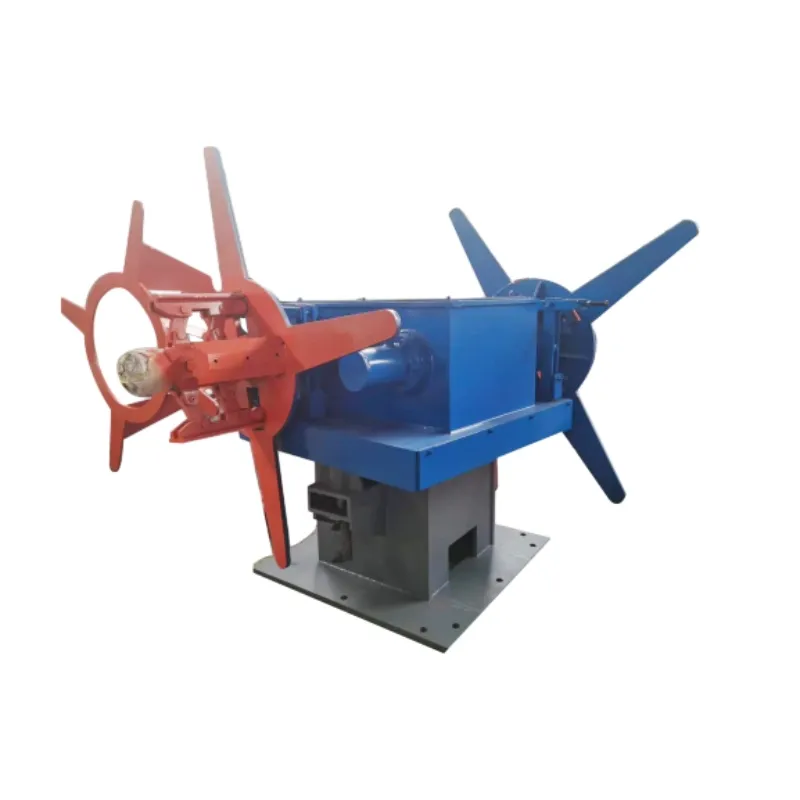batten roll forming machine
Understanding Batten Roll Forming Machines A Comprehensive Overview
In the world of metal fabrication, efficiency, precision, and versatility are essential qualities sought after by manufacturers. Among various equipment that fulfills these needs, the Batten Roll Forming Machine stands out as a crucial tool in the production of batten profiles for roofing and cladding systems. This article delves into the functionality, advantages, and applications of the Batten Roll Forming Machine, providing insights into its significance in modern manufacturing.
What is a Batten Roll Forming Machine?
A Batten Roll Forming Machine is specialized equipment designed to process flat metal sheets into continuous batten profiles through a series of forming rollers. These machines operate on the principle of continuous bending, which shapes the metal strips into specific cross-sectional profiles as they pass through various rollers arranged in a sequential manner. The machine typically incorporates features like an uncoiler, roll forming station, cutting system, and a control panel to ensure efficient and precise operation.
Key Components
1. Uncoiler This component feeds the flat metal sheet into the machine. An automatic uncoiler can significantly enhance efficiency and reduce manual handling. 2. Roll Forming Station This is the heart of the machine, consisting of multiple rollers that progressively shape the metal into the desired batten profile.
3. Cutting System Once the metal reaches the desired length, the cutting system—often powered by hydraulic or mechanical systems—severs the formed profile from the continuous coil.
4. Control Panel This digital interface allows operators to set parameters for speed, length, and profile specifications, ensuring accurate production runs.
Advantages of Batten Roll Forming Machines
1. Precision Engineering The design of roll forming machines allows for high precision in achieving the specified dimensions of the batten profiles. The meticulous adjustments in the roll configuration enable manufacturers to maintain tight tolerances.
2. Cost Efficiency By streamlining the manufacturing process, batten roll forming machines reduce waste and material costs. Their ability to produce long lengths of batten profiles without interruption minimizes production downtime and labor costs.
batten roll forming machine

3. Versatility These machines can be easily adjusted to produce various profiles, making them suitable for different projects. Manufacturers can create custom designs that meet specific architectural requirements, ensuring flexibility in production.
4. Durability Built from high-quality materials, batten roll forming machines are robust and designed for long-term operations. Their mechanical components are engineered to withstand significant wear and tear, ensuring reliability and longevity.
5. Automation and Efficiency Modern roll forming machines often include automation features, such as automatic stacking and integration with other machinery, which significantly enhances production speed and minimizes manual handling.
Applications of Batten Roll Forming Machines
Batten profiles are primarily used in the construction industry, particularly in roofing and wall cladding. Their applications include
1. Residential Roofing Battens provide excellent support for roofing materials, enhancing structural integrity while creating an aesthetically pleasing finish.
2. Commercial Buildings Many commercial structures leverage batten profiles for their durability and weather-resistant properties.
3. Architectural Features Beyond functional use, battens can also serve decorative purposes in buildings, providing visual interest and alignment with modern design trends.
4. Industrial Applications In addition to construction, these profiles are utilized in various industrial contexts, such as creating partitions and frameworks in large warehouses and factories.
Conclusion
In summary, the Batten Roll Forming Machine is an indispensable asset in the manufacturing process of batten profiles, combining advanced engineering with practical applications in construction and design. Its precision, efficiency, and adaptability make it a preferred choice for manufacturers looking to deliver high-quality products in a competitive market. As technology continues to advance, we can expect further innovations in roll forming machines, enhancing their capabilities and broadening their applications across different industries. Understanding the significance of this machine not only highlights its role in modern manufacturing but also underlines the importance of precision engineering in achieving superior construction solutions.
-
High Frequency Straight Seam Welded Pipe Production Line|BzZhou Xinghua|Precision Welding&EfficiencyNewsJul.30,2025
-
High Frequency Straight Seam Welded Pipe Production Line - BzZhou Xinghua|Precision Engineering&EfficiencyNewsJul.30,2025
-
High-Frequency Straight Seam Welded Pipe Production Line-BzZhou Xinghua Machinery Equipment Manufacturing Co., LTD.NewsJul.30,2025
-
High-Frequency Straight Seam Welded Pipe Production Line-BzZhou Xinghua Machinery Equipment Manufacturing Co., LTD.|Precision Manufacturing, High EfficiencyNewsJul.30,2025
-
High Frequency Straight Seam Welded Pipe Production Line-BzZhou Xinghua Machinery Equipment Manufacturing Co., LTD.|Precision Steel Pipe Manufacturing&Industrial EfficiencyNewsJul.29,2025
-
High-Frequency Straight Seam Welded Pipe Production Line-BzZhou Xinghua Machinery Equipment Manufacturing Co., LTD.|Precision Steel Pipe Manufacturing&Industrial EfficiencyNewsJul.29,2025


